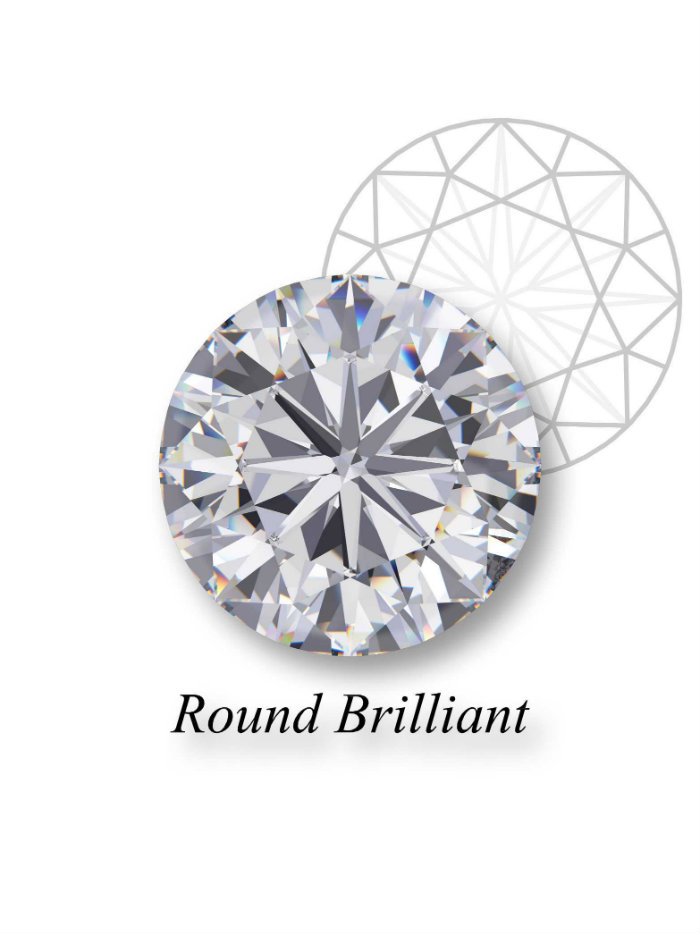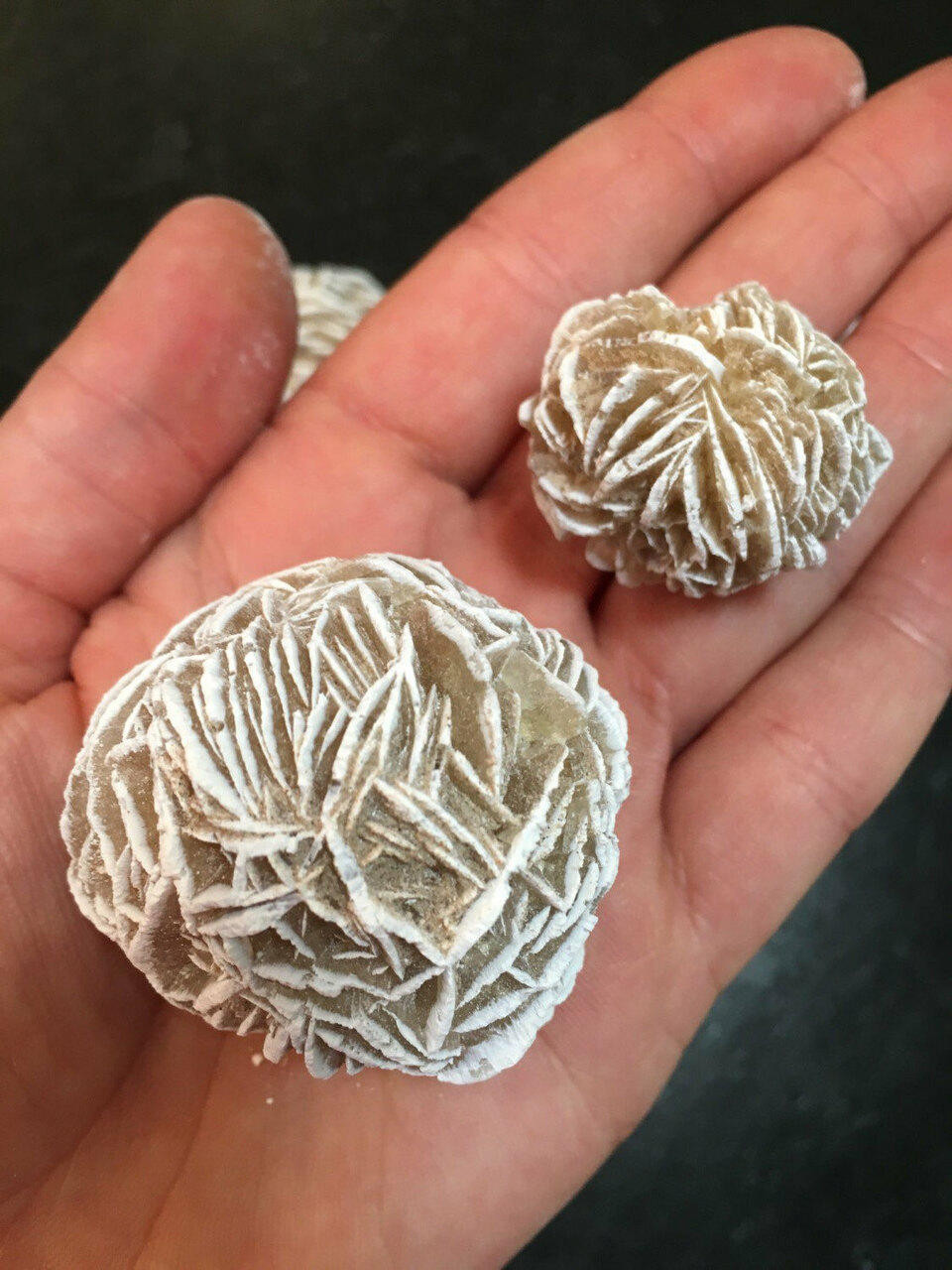I'm no expert but I do know a fair share of things! My grandparents were goldsmiths, they worked with gemstones too so I know some bits. Do you have any specific questions?
The refractive index is tied to the density of the medium, and it stands for how much the path of light is relocated by the medium. Say you shine a flashlight at a 45 degree angle on the surface of water, due to it being more dense than air, the light will follow a more "downwards" path, as if it made this shape:
╲ ____
…..\ ………….

This here exemplifies. See how the glass changed the path of the light? That's some refraction for you.
With gemstones it's no different. Each gem relocates the light in slightly different rates. How does that matter, you may ask? Well, have you ever noticed each gemstone has a "classic" cut? Like how some are "diamond" shaped, some are square shaped, some are polished to resemble a teardrop? Usually, that "classic" or default cut is the one that allows the refraction to revert the biggest amount of light, so its the one that makes the gem shine the brightest when polished. The most common is the round cut, it allows nearly 100% of the light to be reflected. It's the typical shape you think when someone says "diamond". Fun fact: in portuguese, this cut is called "brilhante" (literally translated to "shiny") and most people think brilhante is a whole other separate gem, when it's actually just a cut shape and any gem can be turned into a brilhante! My own grandma thought this, even after years of working in the industry lmao, this is how common (yet incorrect) knowledge this is.

This is the shape! It take advantage of refraction and reflection to make even transparent gems like diamonds look so shiny they seem opaque.
Something I reccomend taking a look into is:
- gems that can't be left in the sun (color fades, makes them brittle, a good rule of thumb is most gems made of quartz or that aren't opaque. Orange ones can go in the sun tho!). These wouldn't be very useful as part of obelisks or statues, and questionably, could be used as amulets as long as they don't spend much time under the sun.
- gems that can't get wet (they can soak up water and dissolve with time! A good rule of thumb is all gems that end with "ite"). That could tie to being used as ingredients, if they have to get wet, you can either make it so that they dissolve completely (as if you dissolved a sugar crystal in coffee) or you could make them not work at all for that very reason, Idk, you could make some parallel!
I don't believe in crystals' magical/spiritual properties, so unfortunately, I can't help with that other than some few meanings (example, rose quartz and jasper manifest love, citrine is confidence, etc.). Some gems also have ties to certain academic fields, since, at least in country, when you finish university you get a ring with a certain gemstone, depending on the major yu just finished, you can search these up and use as inspiration as to how a gemstone tied to that academic field tends to look, that can tie to what magical properties your custom gems can have.
So, if you have any other questions, don't hesitate on asking me! I don't know everything or much at all, but I'll try to help as I can.
Good morning/day/afternoon/evening/night, happy writing, God bless you and stay safe! |-/









